Sometimes, after picking cucumbers, vegetable growers find that some of the fruits inside are empty. Hollowness is associated with violations in the formation and development of the vegetable. The reasons for the formation of voids are different. These include agricultural equipment errors, adverse climatic conditions, and diseases. In some varieties of cucumbers, hollowness is associated with varietal characteristics. With timely detection, the problem is easily eliminated by changing the conditions for growing a vegetable crop.
Content
Causes of the appearance of voids in cucumbers
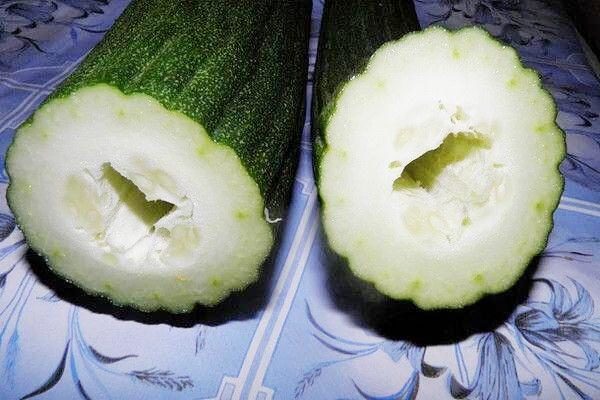
Understand that the cucumbers are empty inside, it is possible by the appearance of the fruit. The surface of hollow greenery is wrinkled. They are slightly concave inward. The weight of hollow greenbacks is much less than expected. You can finally make sure that there are empty spaces by cutting the fruit.
The quality of a ripened crop is influenced by many external factors. But the main one is the improper care of the vegetable crop. Improper watering, lack of nutrients, poor adaptation to soil and climatic conditions disrupt the development of a placenta containing seed primordia.
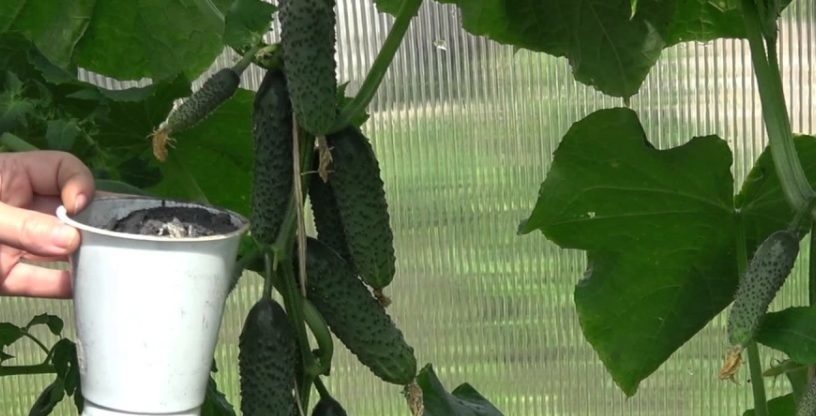 You may be interested in:
You may be interested in:Unsuitable microclimate
Empty areas within the fruit often form when growing cucumbers in a greenhouse. The vegetable does not tolerate the sharp jumps in temperature that often occur in different areas of the country. In summer, the difference between daytime heat and nighttime coolness reaches 10-15 degrees. For most varieties, such indicators are fatal.
For active fruiting, cucumbers need the correct light mode. Leaves develop in bright sunlight. But with the beginning of fruiting, plants need shading in particularly hot hours. Deficiency of the sun's rays leads to the fact that voids begin to form inside the greens, they grow small and tasteless.
Varietal Features
Now breeders have bred varieties of vegetables that are averse to the appearance of emptiness inside the fruits. Typically, hybrids with the F1 mark on the package have this property. Varieties not inclined to hollowness:
- Green wave;
- Marina Grove;
- Buyan;
- Clean ponds;
- Grasshopper.
The only drawback of hybrids is their lack of ability to pass on their traits to subsequent generations. Therefore, seed material from such varieties is not collected on their own, but each year they acquire a new one. Then the risk of hollow fruit is reduced.
Watering
Most growers are sure that cucumber bushes need to be watered as often as possible. In part, this statement is true. The plant is 90% water. Moisture deficiency reduces the ability to absorb nutrients from the soil, and the vegetable stops growing. Excess water in the area is also harmful. Excess moisture leads to cracking of plant tissues and drying of the roots.The mass of greens decreases, voids form.
Cucumbers are watered in the morning or late in the evening when there is no bright sunlight. Otherwise, burns on leaf blades are likely. For watering, use a moderate amount of water recommended by the seed producer. The roots of plants are in the surface layer of soil. Therefore, when dry, they cannot absorb nutrients and develop normally. During the period of active growth of green mass and fruiting, bushes are watered every day. During flowering, the frequency of irrigation is reduced.
To reduce the evaporation of moisture and the need for watering, the soil is regularly loosened or covered with a mulching layer of organic matter. Rotting, it performs the function of feeding, saturating the earth with useful substances and improving its structure.
Nutrient deficiency
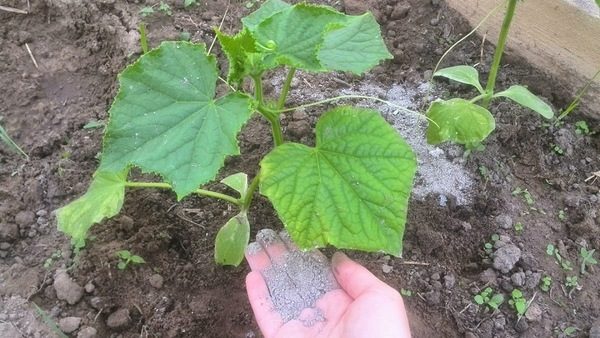
With a lack of nutrients, vegetable development slows down. As a result, the quality of the fruit deteriorates, voids appear inside. To create a favorable environment, it is effective to use a mixture of organic and mineral substances as top dressing. For sandy soils, it is useful to add magnesium as a means of increasing productivity. For long-term fruiting and the absence of empty spaces in cucumbers, compositions with a high phosphorus content are used. If the cucumber bed is in a shaded area, add more potassium to the dressing.
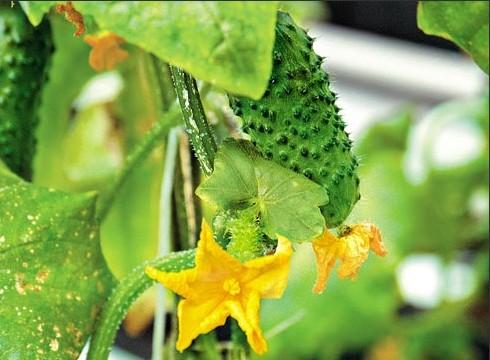 You may be interested in:
You may be interested in:Organics are also needed to improve soil composition and saturate plants with beneficial substances. But they use it carefully, I try not to exceed the norm of nitrogen in the soil. Otherwise, the bushes are actively increasing leaf mass to the detriment of the formation of ovaries.
Foliar top dressing is useful for plants. For example, spraying with infusion of weeds. To prepare it, cut the green part of the weeds and chop it finely. Half of the bucket is filled with plant material. The rest is topped up with hot water. A closed container is left in the light until the fermentation process is completed. Then the liquid is filtered and diluted with clean water in a ratio of 1:10.
Soil features
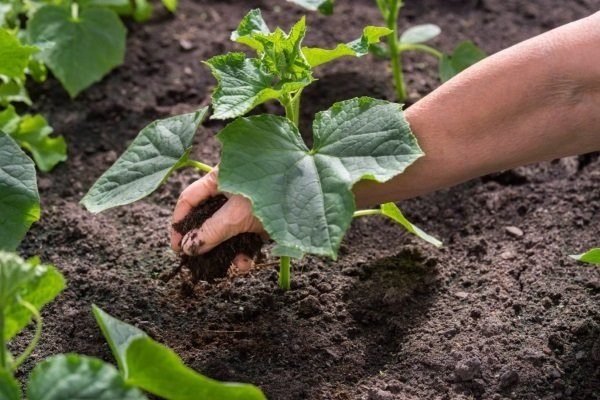
When growing cucumbers, the composition of the soil is important, regardless of whether the vegetable grows in an open garden or in a greenhouse. Soil saturates plants with useful components necessary for full development. In order for the crop to grow good, they provide a balanced soil composition according to the content of nutrients.
The quality of the fruit is reduced by pathogens and pathogens located in the ground. Due to infections, the development of plant tissue is impaired. Usually, the action of pathogens is enhanced in hot weather, when all processes in plants proceed at high speed.
Poor lighting
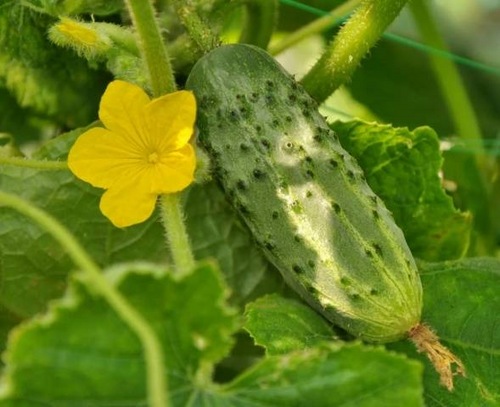
For the normal development of the tops, a constant stream of light is needed, but the fruits gain better mass with a little shading. The lack of light in the greenhouse leads to the improper development of cucumbers and the appearance of hollowness. Deficiency of the sun worsens the taste of greenhouse cucumbers, reduces their size and weight. To comply with optimal conditions, cucumbers are placed on a trellis.
Temperature drop
Strong temperature changes often occur in summer in many vegetable growing regions. Typically, the problem occurs when there is intense heat during the day and cold at night.During greenhouse cultivation, the vegetable grower is able to control the air temperature, keeping it within the required limits. On unprotected beds it is impossible to do this. For the southern regions, sudden changes in temperature are a rare occurrence. But in the more northern regions, it is more convenient to grow cucumbers in the greenhouse method, abandoning open ground.
Disease
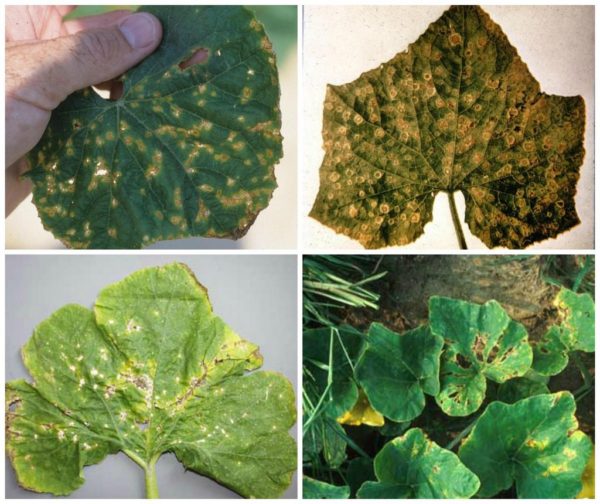
In adverse conditions, plants experience stress, their immunity decreases. Therefore, the likelihood of infection by infectious diseases increases. When infected with a virus, the fruits are formed with defects, and the yield loss is from 20 to 50%.
To prevent deformation of the fruit and death of cucumber bushes from infection with viruses, subject to the following conditions:
- growing plants in accordance with crop rotation rules;
- use for sowing healthy seed material;
- growing varieties that are highly immune to virus infection;
- disinfecting the soil with fungicides;
- proper feeding and irrigation.
To improve immunity, plants are treated with solutions of drugs that stimulate growth. When used in the right ratio, yield increases even under adverse conditions.
Untimely fruit collection
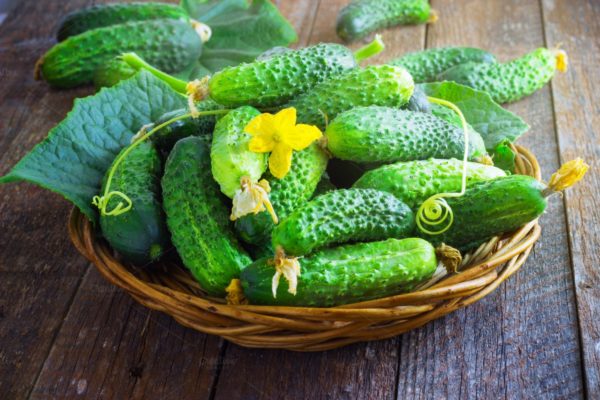
According to the rules, cucumbers are harvested in the first days after they reach ripeness. The cucumbers left on the beds cease, mature and form the testes. Because of them, a void appears inside the fruit. On overripe greens, the peel hardens, they consume moisture from an internal resource. This usually happens with varieties requiring pollination.
Ways to solve the problem
When hollow cucumbers appear on the site, they do not always talk about the death of the entire crop. You can find a solution to a problem with timely detection. To eliminate it, change the growing conditions of the vegetable and change the irrigation scheme:
- For irrigation use only warm water, heated to a temperature of +22 to +24 degrees. Then the roots absorb the right amount of moisture, and the excess evaporates.
- In cloudy, rainy weather, irrigation is limited, since the root system under such conditions is not able to absorb water.
- When moistened, the pressure of the jet is reduced. Water is directed exactly under the root, without eroding the soil. Tops are sprayed late in the evening, after sunset.
With a large number of hollow fruits, lighting errors are corrected. Thinning bushes to reduce shading. If the beds are in the shade during greenhouse cultivation, additional illumination with ultraviolet lamps is installed inside the shelter.
Prevention
For planting, seed material of varieties adapted to the soil and climatic conditions of the growing region is used. So that no voids form inside the fruits, they control the composition of the soil, preventing an increased nitrogen content.
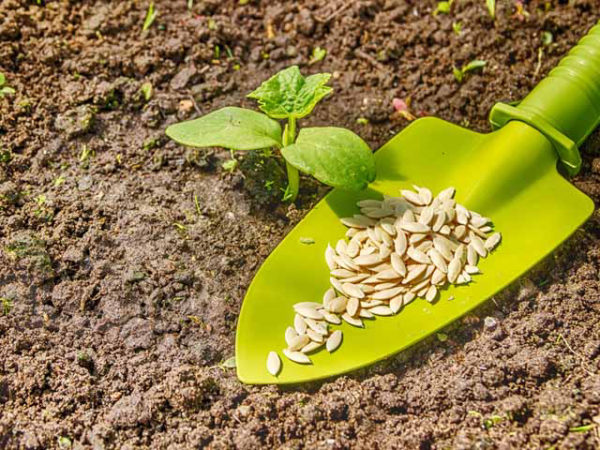
To protect against diseases, the bushes are sprayed with a mullein solution. A feeding liquid is prepared by mixing 1 kg of organics and 3 liters of water. The product is left to infuse for 3 days. Then the liquid is diluted with the same volume of water.
So that plant tissues are not covered with cracks, and voids do not appear inside the fruits, cucumber plantings are treated with a solution of whey. It is prepared from an equal amount of water and sour milk. To protect against viral infection, the bushes and soil are treated with a solution of potassium permanganate.
With the greenhouse growing method, spraying plants with a formalin solution of a concentration of 2% is regularly used. The fluid flow rate is 1 liter for every 1 m². In the evenings, a greenhouse is ventilated. In cloudy and rainy weather, doors open during the day. If the temperature drops below +20 degrees, open ground plants are covered with a spanbond.In greenhouses, the temperature is regulated by heaters.
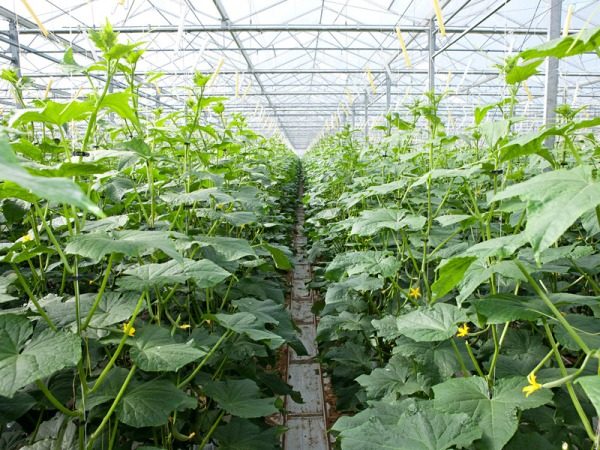
To avoid the appearance of low-quality fruits, when growing cucumbers observe the rules of agricultural technology. The reason for the formation of voids in the fruits is improper cultivation, inappropriate conditions, some diseases. To prevent hollowness, timely preventive measures are taken.




 Armenian cucumber with melon flavor: description and characteristics, reviews
Armenian cucumber with melon flavor: description and characteristics, reviews Do-it-yourself vertical beds for cucumbers: schemes, photos
Do-it-yourself vertical beds for cucumbers: schemes, photos Hollow cucumbers: reasons for the appearance of hollow, what to do
Hollow cucumbers: reasons for the appearance of hollow, what to do Which manure is best for cucumbers: application, how to breed
Which manure is best for cucumbers: application, how to breed